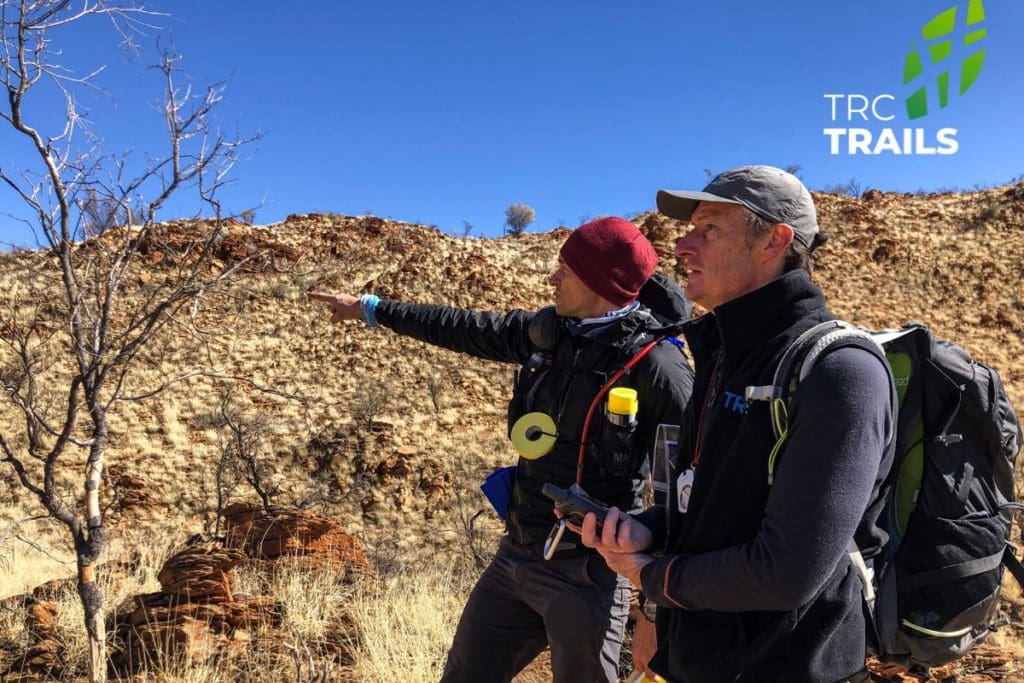Trails a Natural Progression for TRC Tourism

Jindabyne, NSW
Nature trail users are becoming more diverse, more demanding and vastly more numerous, according to Australia’s newest trail design and construction company, TRC Trails.
“Users across all outdoor recreation activities have increasingly higher expectations in terms of the experience they seek, how that experience is supported,” according to a statement announcing the company’s launch.
It says users typically have greater expectations about the style of trail, its waymarking, the type and impact of supporting infrastructure, and the level of interpretation.
“Add to that a user market that while exploding in growth, has also fractured in terms of the user dynamic – how they engage in a trail – and it’s clear that new approaches are needed to develop solutions that work for both users and land managers.”
TRC Trails is an offshoot of one of Australia’s largest tourism and recreation planning consultancies, TRC Tourism, and will offer expertise and advice across trail auditing, new and upgraded trail design, construction and maintenance.
It will focus on creating environmentally sustainable ‘journeys through nature’ along mountain bike, walking, running, cycling and multi-use trails.
TRC Trails is led by Janet Mackay, drawing on more than 30 years in the tourism recreation development sector, and Lachy Mackay-Wiggins, who transitioned his infrastructure engineering background into project management in trail planning and construction for TRC Tourism before establishing TRC Trails as a stand-alone entity.
High-Level Experience
He previously worked at Perisher Australia’s largest ski fields as a Mountain Area Supervisor, gaining expertise in managing teams to implement projects including trail, signage and other land management activities. The avid mountain bike rider and hiker will work alongside TRC’s senior trail planners to design, build and audit trails.
The statement says outdoor recreation has exploded in popularity, fuelled in part by a growing number of trail and recreation strategies approved by local governments and exacerbated by COVID.
“The pressure on our trail networks in terms of usage and even overcrowding has never been greater,” it says.
“That spotlight will only intensify as other factors fuel further interest in outdoor recreation.”
They include better and more affordable equipment, navigation technology and apps that identify trails, a continued move away from traditional team sports, increased social focus on health and wellbeing and the ‘return to nature’ movement.
“All of it feeds the demand for more and better trail experiences. And land managers are having to respond,” the statement says.
Mountain biking is a prime example of diversifying demands on trails.
“Mountain biking trails remain in the spotlight, with big-budget projects happening across Australia. But where once riders were lumped into one, perhaps two broad categories – cross country and downhill – there are now more than 18 ‘styles’ of off-road riding, each with different demand characteristics and needs in terms of trail construction,” according to TRC Trails.
“Then there’s the actual approaches to construction – from design to materials and a sharp focus on environmental impacts – all of which defines trail development as a lot more complex than perhaps it has been in the past.”
TRC Tourism has already worked on trail development projects of all scales across Australia, NZ and the Pacific, including local bike trails and networks, large-scale mountain bike tourism projects such as the Northern Territory’s Red Centre Adventure Ride, hiking trails, multiday walk, ride, paddle concepts, shared use strategies for councils and trails masterplans for entire States.
“The ultimate aim is to deliver trails that immerse visitors in nature, building a connection to and appreciation for nature, and in doing so become future stewards of our natural environment,” the statement says.
